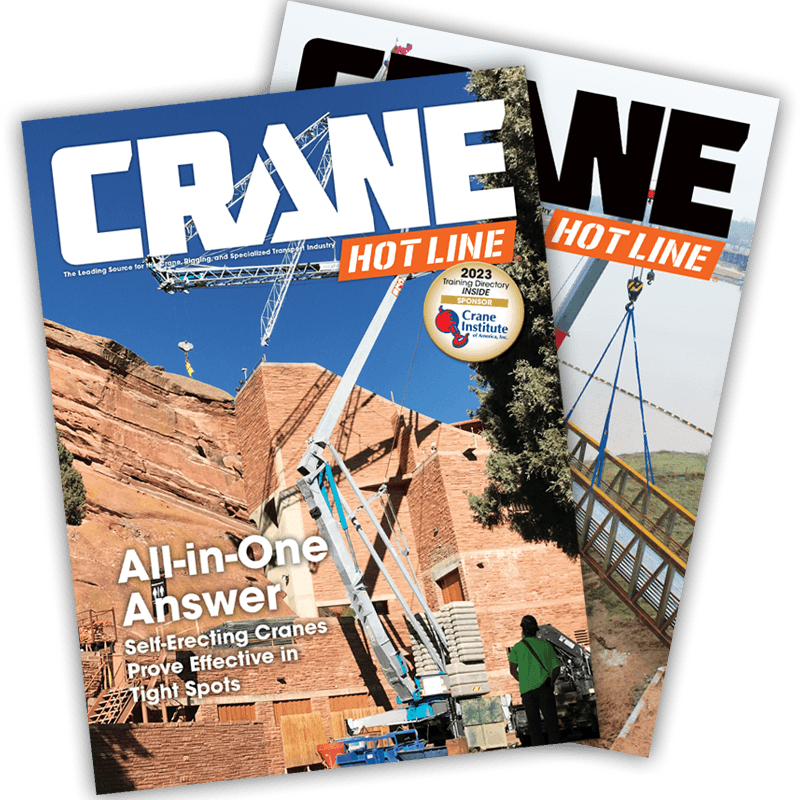Mini-Cranes Maximize Vegas

Enlarge Image
The Maeda 405C mini-crane works alongside a Genie Z-34/22N boom lift to set steel support structures.
Subject: Maeda mini-cranes
Date: April 2009
Equipment Owner: Cherokee Erecting, Hampton, Ga.
Job Location:
Look up next time you’re standing on the famous Las Vegas Strip, and you’re bound to see a number of cranes dotting the skyline. These massive machines mark the many construction projects that are going on in the party capital of
The Fontainebleau Las Vegas is a 3,812-room, 68-floor hotel and casino development being built on the Strip just north of the Riviera Hotel, located on about 25 acres where the El Rancho and
With the opening planned for fall 2009, construction crews are at work putting the finishing touches on the project. Turnberry West Construction, the Las Vegas, Nev.-based company formed specifically for the

Enlarge Image
The Maeda mini crane helps crews access areas of the roof inaccessible to tower cranes.
“Every time I lose a [tower] crane, I can’t access the entire roof,†said Brian Mori, a project manager on the tower, shell, and core portion of the job. “When I lose crane one, for example, I can’t access probably 20,000 square feet of that roof with a crane. So I got a crane that I can drive around on the roof and set glass and steel with.â€
Mori and his crew have used the mini-crane to set secondary steel support structures in tandem with the luffing tower cranes, which place the primary structures. While the main application for the mini-crane is interior work, Mori has used the crane for setting the heavy interior pieces, as well as for gaining access to the portions of the roof that are difficult to reach. Using the crane for a maximum pick of about 3,000 pounds, the operators use the Maeda 405C mini-crane primarily for secondary steel or glass curtain wall panels, as well as a few other jobs like setting stairs.
The fact that the machine runs on tracks also allows Mori and his team additional access. “It runs on tracks so I don’t worry about point loading; I don’t worry about driving around obstacles on the deck and point loading the deck,†Mori said. “Given that it runs on tracks, it can do a full 360° turn on its radius, which you can’t do with [another crane].â€
The key factors in the selection of the mini-crane, which the company rents from Hampton, Ga.-based Cherokee Erecting, is the 54-foot boom length, 8,480-pound capacity and the remote control capabilities. With a maximum working radius of 52.4 feet and maximum lifting height of 55.1 feet, the 405C gives Turnberry’s crew the capabilities it needs. Mori said that no other mini-crane comes close to the capabilities of the Maeda. “That machine is one of the best ones comparatively,†he said. “It gives me the reach that I really needed to get up and past and over the parapet wall with glass, and that’s why we ended up using the Maeda.â€
For more on this project, check out the May issue of Lift and Access, or check out the digital magazine.


